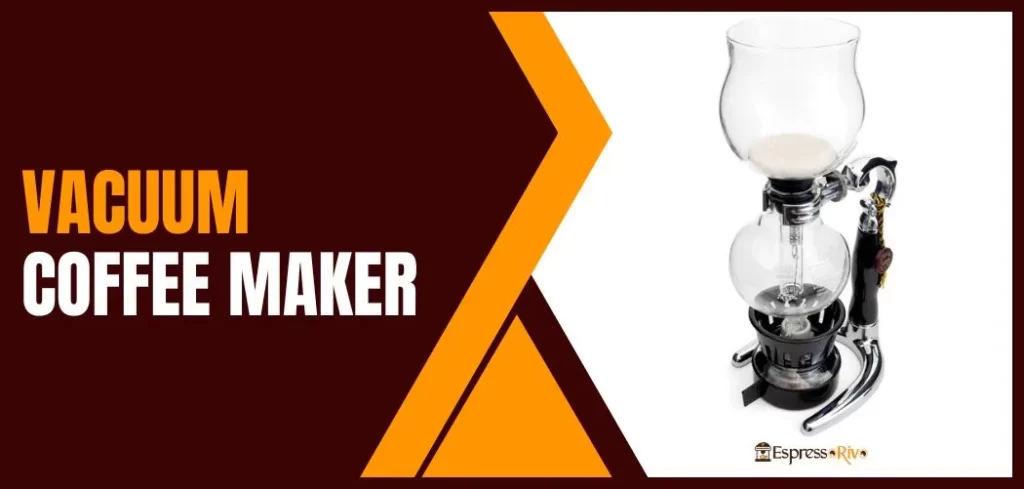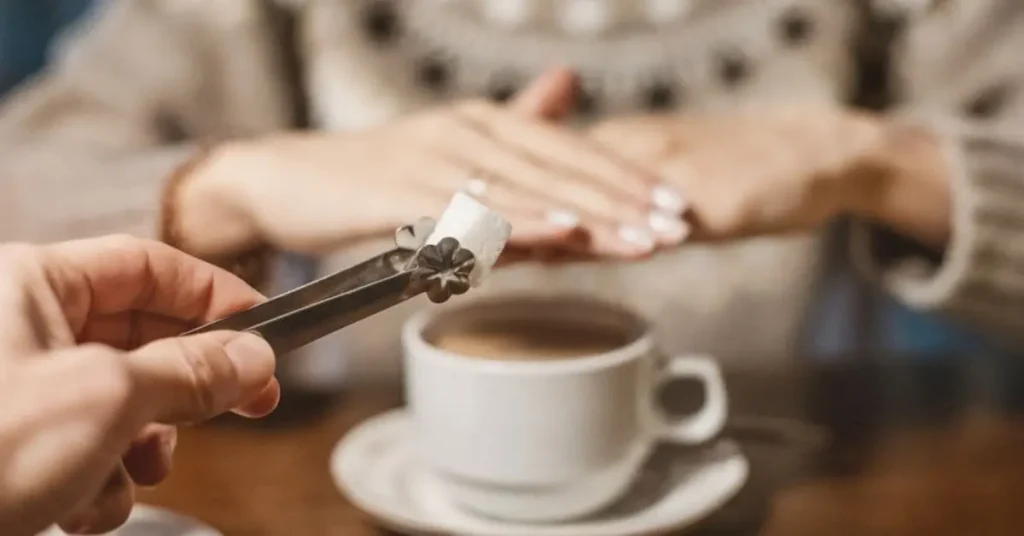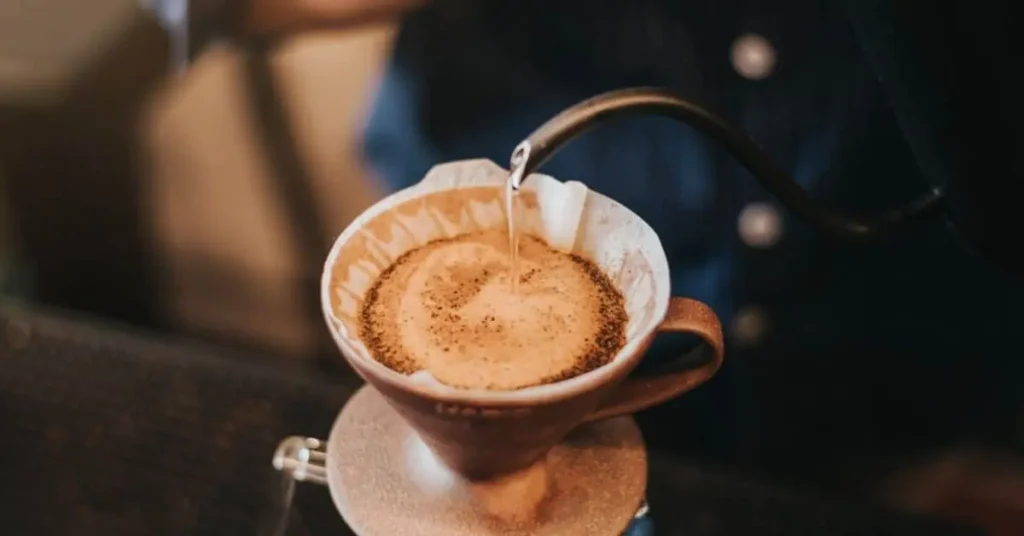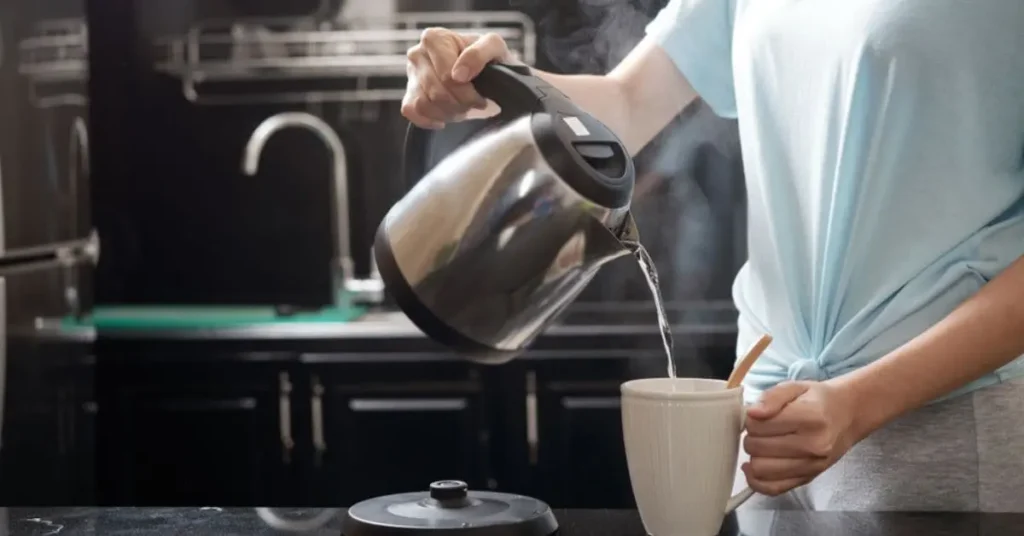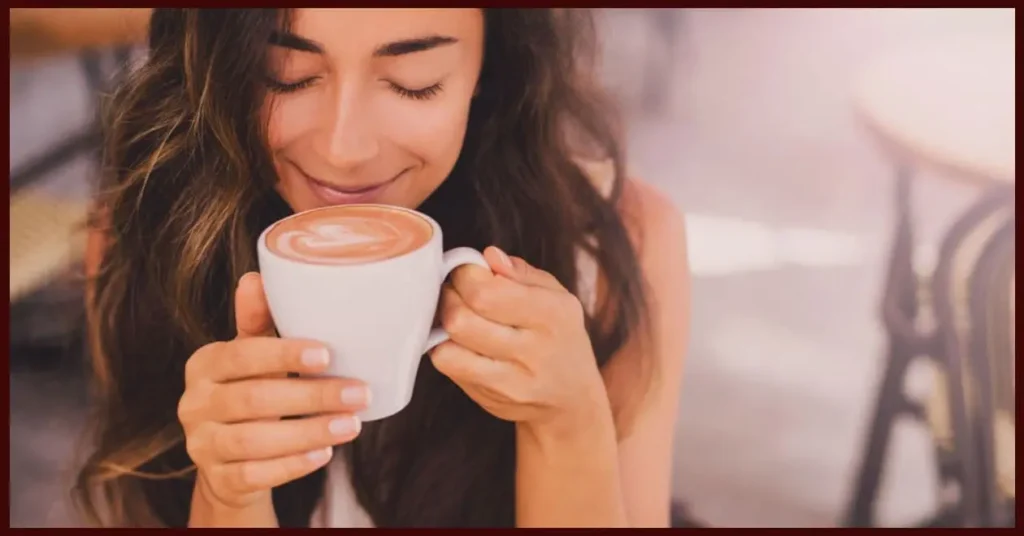Coffee and espresso are often used interchangeably, but they are distinct in many ways. Understanding the difference between them can enhance your appreciation of these beloved beverages and help you make informed choices at your local café or when brewing at home.
The Basics: Coffee vs. Espresso
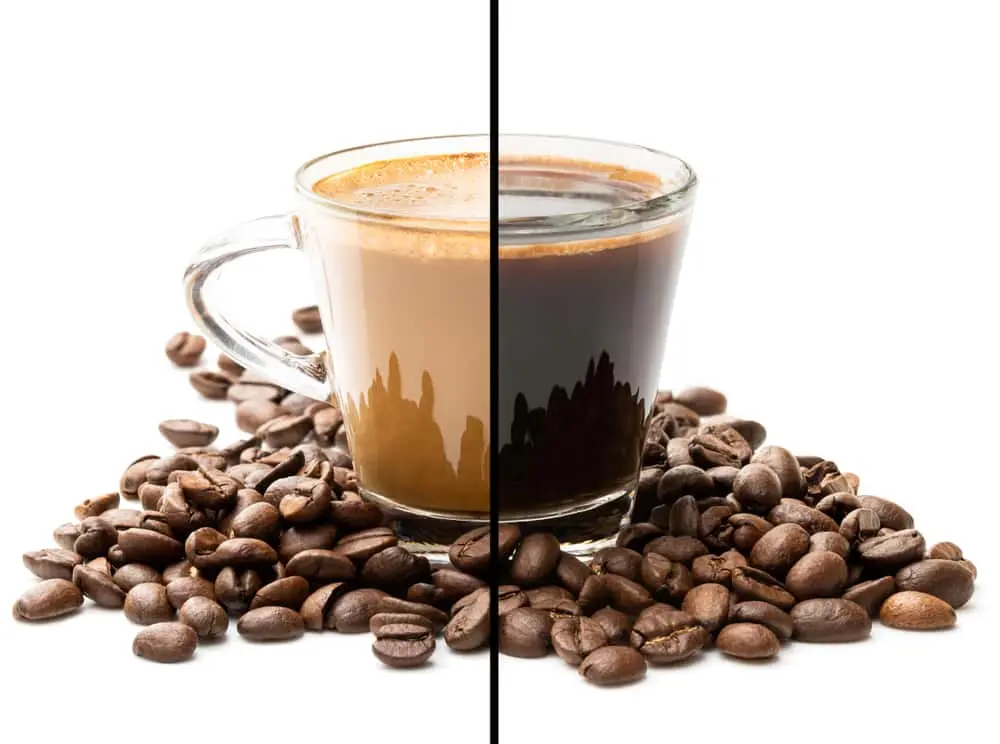
Coffee is a general term for a drink made from roasted coffee beans. It can refer to any style of brewed coffee, such as drip, pour-over, French press, or cold brew.
Espresso, on the other hand, is a specific method of brewing coffee that involves forcing hot water through finely-ground coffee under high pressure. The result is a small, concentrated shot of coffee known for its bold flavor and rich, creamy consistency.
Brewing Methods
The primary difference between coffee and espresso lies in the brewing process:
Coffee Brewing: Traditional coffee brewing methods, like drip coffee makers or pour-over setups, involve steeping coarser coffee grounds in hot water, which then drips through a filter. This process can take several minutes and yields a milder flavor and larger volume of liquid.
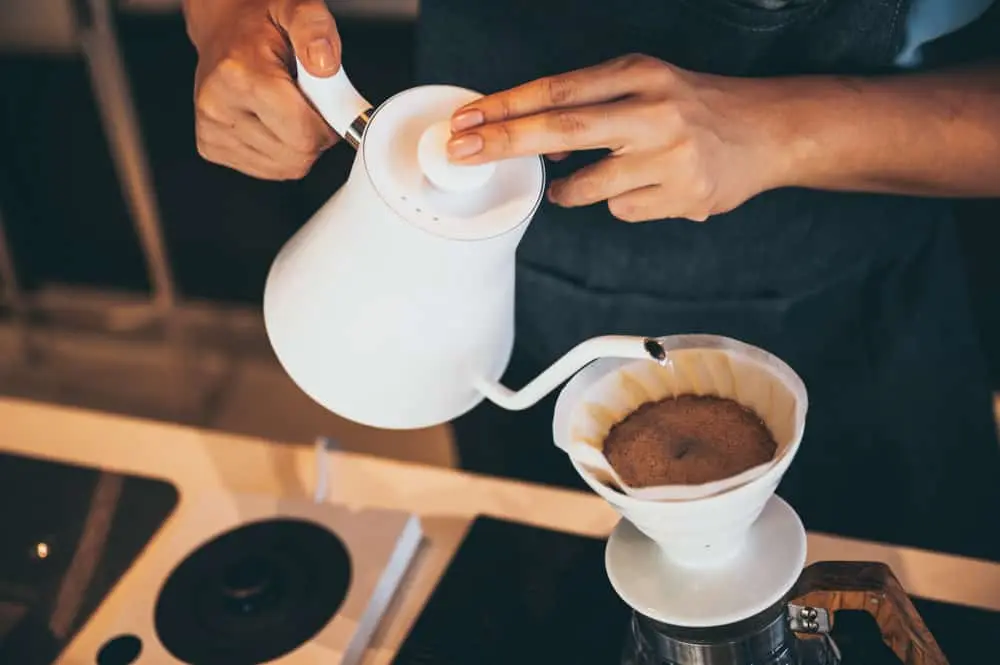
Espresso Brewing: Espresso machines use high pressure (typically around 9 bars) to push near-boiling water through a tightly packed “puck” of finely-ground coffee. This process takes about 25-30 seconds and results in a small, concentrated shot of coffee with a layer of crema (a golden foam) on top.
Recommended Read: How To Make Espresso Like A Barista
Grind Size and Coffee Quantity
Grind Size: For coffee, the grind size varies depending on the brewing method. Drip coffee requires a medium grind, while a French press needs a coarse grind. Espresso, however, demands a very fine grind, almost powdery.
Coffee Quantity: Espresso uses a small amount of coffee grounds (usually around 18-20 grams for a double shot) compared to the larger quantities used in drip or French press coffee.
Flavor and Strength
Espresso is often perceived as stronger than regular coffee due to its concentrated nature. However, this isn’t entirely accurate:
Flavor: Espresso has a more intense and robust flavor profile, often described as richer and more complex. This is due to the high-pressure extraction process that pulls more oils and compounds from the coffee grounds.
Strength: While espresso packs a punch in a small volume, the overall caffeine content per ounce is higher than that of regular coffee. However, a typical serving of drip coffee is much larger, meaning it can have more total caffeine than a single shot of espresso.
Serving Sizes
Espresso: Typically served in small portions called shots (about 1 ounce for a single shot and 2 ounces for a double).
Coffee: Usually served in larger quantities, ranging from 8 to 16 ounces or more.
Versatility and Uses
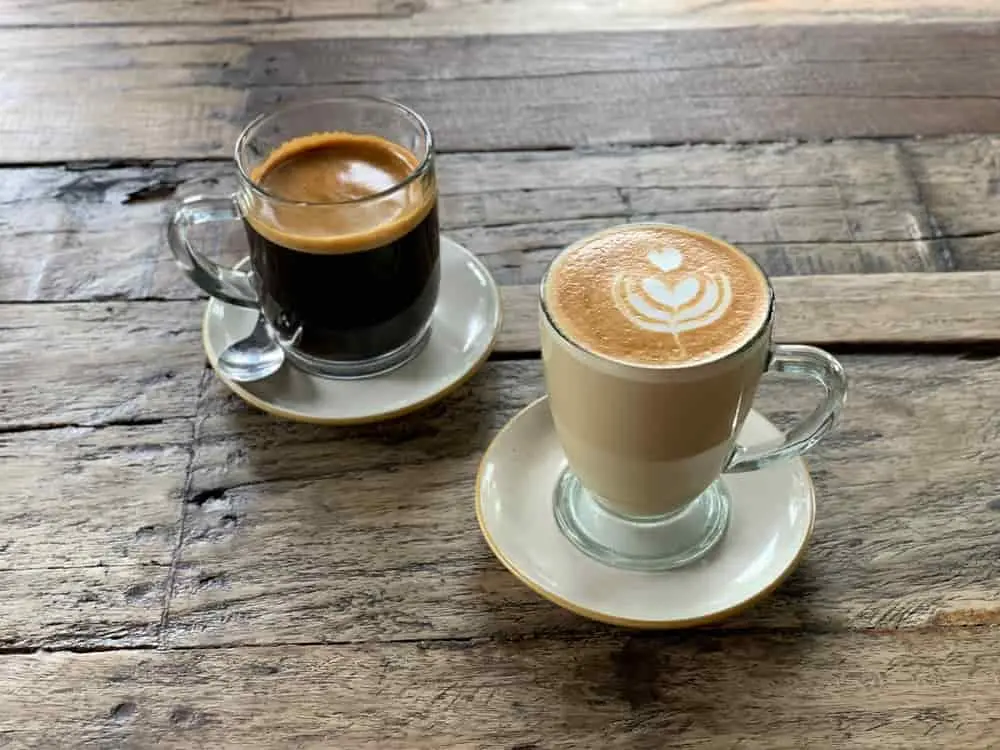
Coffee: Regular coffee is versatile and can be enjoyed black, with milk, or flavored with syrups and spices. It’s the base for popular beverages like Americanos and lattes, where espresso shots are diluted with hot water or mixed with steamed milk.
Espresso: Besides being consumed straight, espresso is the foundation for many coffeehouse favorites such as cappuccinos, lattes, macchiatos, and mochas. The concentrated nature of espresso allows it to hold its own even when combined with large volumes of milk or other ingredients.
Equipment and Preparation
Coffee Equipment: Brewing regular coffee can be done with various equipment, including drip coffee makers, pour-over cones, French presses, AeroPress, and percolators. Each method brings out different flavors and strengths from the coffee beans.
Espresso Equipment: Making a proper espresso requires a specialized espresso machine, which can be expensive and complex. These machines maintain consistent pressure and temperature necessary for extracting the perfect shot. Additionally, a quality burr grinder is essential to achieve the fine grind required for espresso.
Types of Espresso Shots
Over time, baristas went beyond the regular shot and whipped other ways to enjoy the expresso. Here are the different ways to enjoy espresso;
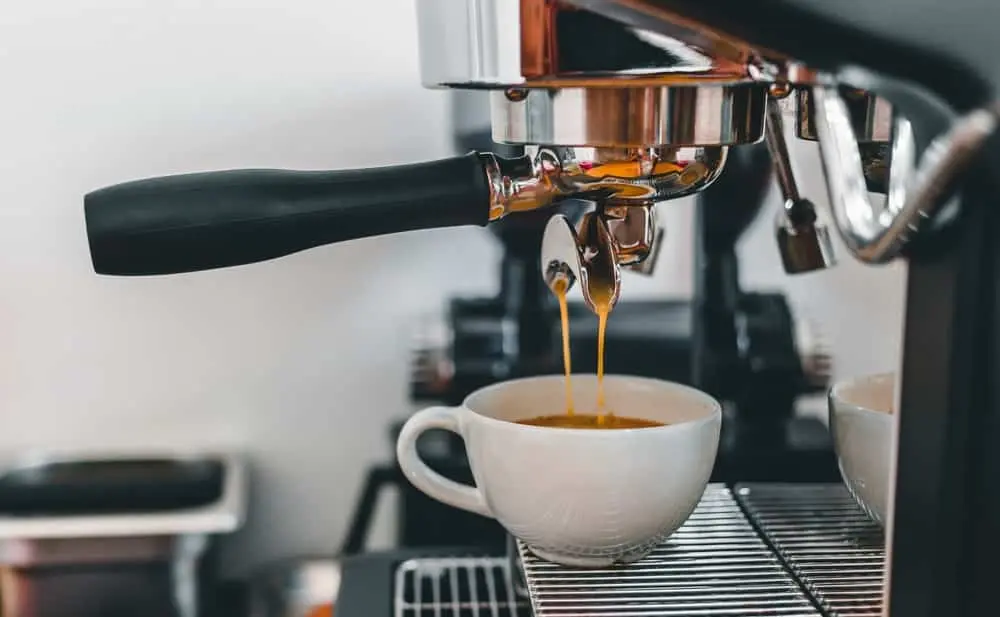
- Macchiato: This is simply two ounces of espresso with a dash of foamed milk.
- Lungo: It is a concentrated drink of two ounces of espresso
- Ristretto: This is a drink of espresso but weighs just under an ounce.
- Doppio: Technically a double shot, it contains two ounces of espresso (60ml).
- Cafe Noisette: This is an ounce of steamed milk blended with two ounces of espresso.
Espresso-Based Drinks
Espresso is the base of a lot of many popular beverages that you must be familiar with. Here is a list of them

- Cappuccino: So beloved that it just had to be top of the list. Its contents are two ounces of espresso, two ounces of steamed milk, and finished with two ounces of foamed milk.
- Dry Cappuccino: It is a mixture of espresso and foamed milk in equal parts. (It doesn’t have the steamed milk)
- Latte: The drink is made from two ounces of espresso, and ten of steamed milk. It is then topped with a tad hint of foamed milk.
- Mocha: This is composed of 60ml of espresso, 50 ml of chocolate, and 30 ml of steamed milk.
- Con Panna: This is made with two ounces of espresso topped with three ounces of whipped cream. It is commonly a desert espresso.
- Affogato: Another dessert espresso. It is made with two ounces of espresso and three ounces of vanilla ice cream.
- Café Con Hielo: It is the iced version of espresso; it is 50 ml of espresso served over ice.
- Flat white: This consists of two ounces of espresso with four ounces of steamed milk. If you don’t fancy strong coffee, then this may be what you are likely to enjoy.
Disclaimer, you are more likely to find other versions of the above classics offered in chain coffee shops around your city for your enjoyment.
In summary, the differences between coffee and espresso boil down to their brewing methods, grind size, flavor intensity, and serving styles. Coffee offers a range of brewing techniques and a milder taste, while espresso provides a concentrated, robust flavor through a high-pressure extraction process.
Understanding these distinctions can help you choose the right beverage to suit your preferences and enhance your coffee experience, whether you enjoy the simplicity of a drip coffee or the intensity of a well-crafted espresso shot.
Ronsil
Meet Ronsil, the master barista behind EspressoRivo. With years of experience in the coffee industry, he brings a wealth of knowledge and passion to the table. As the owner of a successful coffee shop, Ronsil is a sought-after adviser in the field. His expertise and love for the craft shines through in every cup he serves. We are honored to have him as part of our team at EspressoRivo
